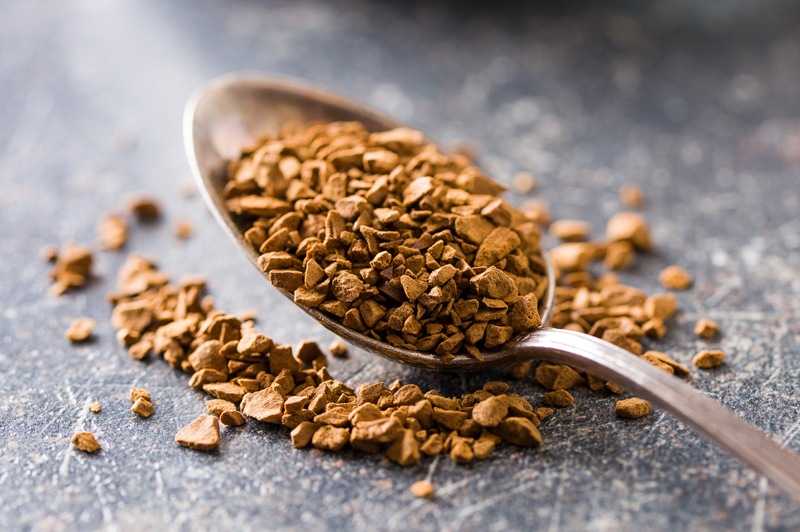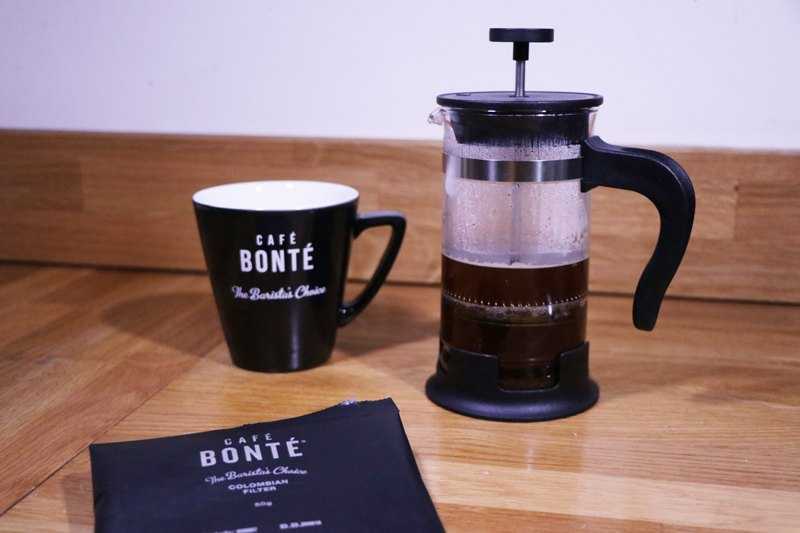Filter or Instant: Which Coffee has the Best User Experience
14th May 2019
Very few of us are aware of the many differences between filter and instant coffee, and often confuse the two. The process alternates, and both go their separate ways during the roasting process. The better the roaster, the better the resulting coffee. A roasted coffee bean is either ground for brewing fresh coffee, or is turned into instant coffee by large coffee manufacturers, like Nescafe. If you are not sure of the difference between filter and instant coffee then read this.
What is Instant Coffee?
Instant coffee is a dissolvable coffee drink and is made from brewed coffee converted into powdered coffee. It is pre-ground coffee beans that have been made into a coffee solution. They undergo either a drying or chemical process to remove water and further dry the coffee beans, into granulated pieces. Instant coffee can also be referred to as coffee crystals, coffee granules, soluble coffee, coffee powder, coffee mix, freeze dried coffee and spray dried coffee.
Instant coffee is usually found on supermarket shelves, and is a favourite with the general public, because it is a cheap alternative to more superior coffee including espresso coffee. Instant coffee can be brought in a variety of pre-flavoured types, or come with pre-mixed coffee creamer, eliminating the need to buy extras.
How is Instant Coffee Made?
Instant coffee manufacturers buy and roast coffee beans in-house, prior to grinding them. They often brew them in massive quantities and is then heated and condensed into a thick, concentrated coffee liquid, ready to be dried.

Spray-Drying Method:
The process of drying the coffee is done in two ways, spray drying and freeze drying. Spray drying involves spraying a fine mist of brewed coffee through hot and dry air, in a tall chamber. When the droplets land, they have dried into coffee powder.
- The coffee is sprayed from a high tower in a large hot-air chamber.
- As the droplets fall, the remaining water evaporates.
- Dry crystals of coffee fall to the bottom of the chamber.
Freeze-Drying Method:
Freeze drying uses a similar process and involves the coffee being frozen, smashed up into granules and having heat applied to it in a vacuum. This forces the coffee to go from the liquid phase into a solid phase in order to dry the granules out.
- The coffee is rapidly frozen to around -40 F.
- It is placed into a drying chamber, a vacuum is created in the chamber and then the chamber is heated.
- As the frozen coffee warms up, the frozen water rapidly expands into gas in a process called sublimation.
Why is Instant Coffee so Popular?
Instant coffee has been successful in many parts of the world, due to its availability, cost and convenience. Instant coffee is easy to prepare, as it quickly dissolves in hot water, and has a longer shelf life in comparison to other coffee formats when stored in airtight jars.
Instant coffee accounts for more than 34 percent of the retailed brewed coffee consumed in the world and is loved by amateur coffee drinkers, who desire a quick coffee fix. In the UK it accounts for 77 percent of the coffee we buy to drink at home or in the workplace and dominates the market.

What is Filter Coffee?
Filter coffee has been around for a long time, and is another popular option in the coffee world. Filter coffee makes use of coffee beans which have been ground up into a certain consistency. The coffee grounds are added to a paper filter and piping water is allowed to seep through the coffee and allow for a gravitationally-influenced extraction of plain, pure coffee.
Filter coffee has more of an authentic taste experience in comparison to instant coffee. You can alter the taste of the coffee by adjusting your coffee grounds size and making the grinds bigger or coarser, for a less bitter extraction of coffee. Alternatively you can use smaller coffee grounds to allow the coffee to be in contact with hot water for longer, so that a larger surface area is exposed, for a more bitter coffee extraction. Like with instant coffee, you can alter the flavour by adding sugar, milk and creamer.
How is Filter Coffee Made?
Drip filter coffee is made by using hot or just below boiling water, pouring manually, or using an electric filter machine into ground coffee beans, which is then filtered using a paper filter, or French Press. With a manual pour over, you have more control over how much you want to saturate your coffee grounds. You can pour the water in stages and at a specific temperature. When using an electric machine, this control is often taken away.
Using a Cafetiere
A cafetiere, or French Press is a full immersion filter coffee process. The coffee grounds are fully immersed in water before being separated by plunging the filter. The filter in a cafetiere is a metal coarse mesh filter which separates the grounds from the extracted coffee.
Coffee brewed in a cafetiere is infused, like a tea and needs to be more coarsely ground, to resemble tea leaves. It is recommended you use one scoop of coffee grounds per cup and pre-warm the cup and milk. A cafetiere brings out a strong, intense flavour coffee, which is perfect for those who enjoy their coffee rich and aromatic. A cafetiere looks like a cylinder shaped beaker that has a plunger. It is made of mesh that allows the liquid coffee to pass through while separating the grounds from the liquid. The grind size of the coffee beans affects how the water flows in and through the coffee, which also has an effect on brewing time.

Using a Pour Over Dripper and Filter
Pour over coffee fanatics will insist on this method. The pour over coffee method involves pouring hot water through coffee grounds in a filter. The water drains through the coffee and filter into a carafe or mug and is also known as filter or drip coffee. It is a typical hand brewing method that has been used since the 1900’s.
The pour over method accentuates intricate flavours in comparison to other brewing methods and makes it a popular choice for single origin coffees as it allows the flavours and aromas to shine. Good filter coffee is clean, clear and consistent. Water is allowed to extract coffee oils and fragrances and is more efficient at extracting coffee solubles than other immersion techniques. It is important to learn how to use this method correctly, to avoid having clumps of coffee left over that has been unevenly distributed.
There is no definitive way of making coffee and there are many options available dependent on your needs. Instant coffee in recent years has been a popular choice due to its convenience and availability in the coffee market. Many prefer it over filter coffee because it is cheap to buy and takes seconds to make. However, more of us are beginning to invest in other sustainable solutions like filter coffee, for a richer and more aromatic coffee tasting experience.